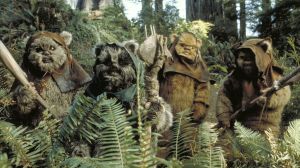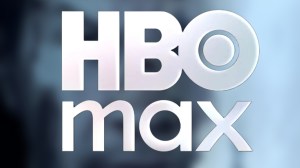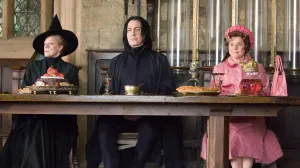Here’s a weird one for you: Remember when creepy clowns were everywhere in 2016? When the sightings started popping up right around the time Hollywood wrapped production on the new IT movie, plenty of people jumped to the obvious conclusion – it had to be viral marketing, right? The timing was almost too perfect. A wave of terrifying clown encounters just as a film about cinema’s scariest clown was gearing up for release, exactly 30 years after Stephen King’s novel hit shelves. But like most conspiracy theories, the truth has turned out to be way more interesting than the fiction.
Videos by ComicBook.com
Let’s start at the beginning. In August 2016, photos of a seriously unsettling clown dubbed “Gags” started making the rounds in Green Bay, Wisconsin. This one actually was a marketing stunt – just not for IT. It was for a local indie horror film, but it sparked something much bigger. Before long, clown sightings were popping up everywhere, and things got dark pretty quickly.
The studio behind IT wanted nothing to do with it. “New Line is absolutely not involved in the rash of clown sightings,” a spokesperson told The Hollywood Reporter point-blank. Producer Barbara Muschietti even jumped on Instagram to make sure everyone knew these real-world clowns had zero connection to their movie.
So what really happened? According to experts, we basically scared ourselves silly using social media. As folklore expert Benjamin Radford explained to Time, “Folklore, stories, legends and rumors that might have not gotten much traction years ago can now spread with the click of a button.” It was the perfect storm of primal fears, viral sharing, and human behavior.
What started as creepy photos turned into something genuinely concerning. The Associated Press tracked how it escalated: first came the sightings, then reports of clowns trying to lure kids in South Carolina, followed by armed clown bank robberies in Tennessee. Schools started seeing mass absences because of clown threats. It got so bad that some police departments had to issue official “no clowning around” warnings.
[RELATED – This Is the Scariest Scene in the IT Movies (And It’s Not Even Close)]
Psychotherapist Aaron Balick told The Guardian why this took off like wildfire: When something hits close to our deep-seated fears, it’s practically built to go viral. And let’s face it – clowns have been freaking people out long before social media. These kinds of clown panics have been popping up since the 1980s, usually when society’s already on edge about other stuff.
The panic hit more than just people’s nerves. Target yanked clown masks off their shelves, McDonald’s put Ronald McDonald on a temporary timeout from public appearances, and professional clowns (yes, they’re still a thing) watched their bookings disappear. The World Clown Association had to come out and basically say, “Hey, these aren’t our guys!”
But here’s the million-dollar question: Did all this real-world clown chaos actually help IT at the box office? Well, it’s complicated. While the movie became a massive hit in 2017, raking in over $700 million worldwide, the studio’s desperate attempts to separate themselves from the panic suggest it saw it more as a liability than a marketing gift. Professional clowns were already worried the movie would hurt their business – add in a wave of threatening real-world incidents, and you’ve got a PR nightmare waiting to happen.
That said, you can’t buy the kind of cultural conversation the panic created around clowns. By the time IT hit theaters, everyone had spent a year thinking and talking about creepy clowns. The movie might not have caused the panic, but it certainly benefited from perfect timing – even if that timing was completely accidental.
So, while IT went on to kill it at the box office, the great clown panic of 2016 looks like it was just one of those weird moments when reality gets a little too close to fiction for comfort. The studio actually tried to put distance between its killer clown and the real-world copycats. If anything, it shows just how quickly fear can spread in our connected world – and how a few creepy photos can spiral into a full-blown national freakout that makes Hollywood’s scariest stories look tame in comparison.








